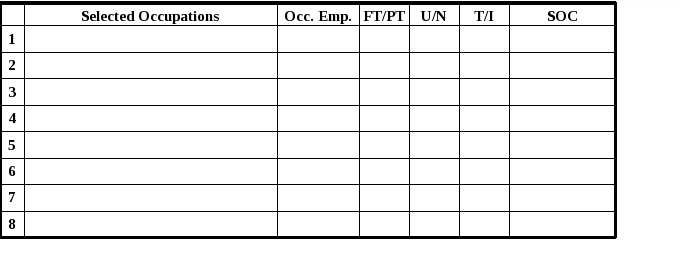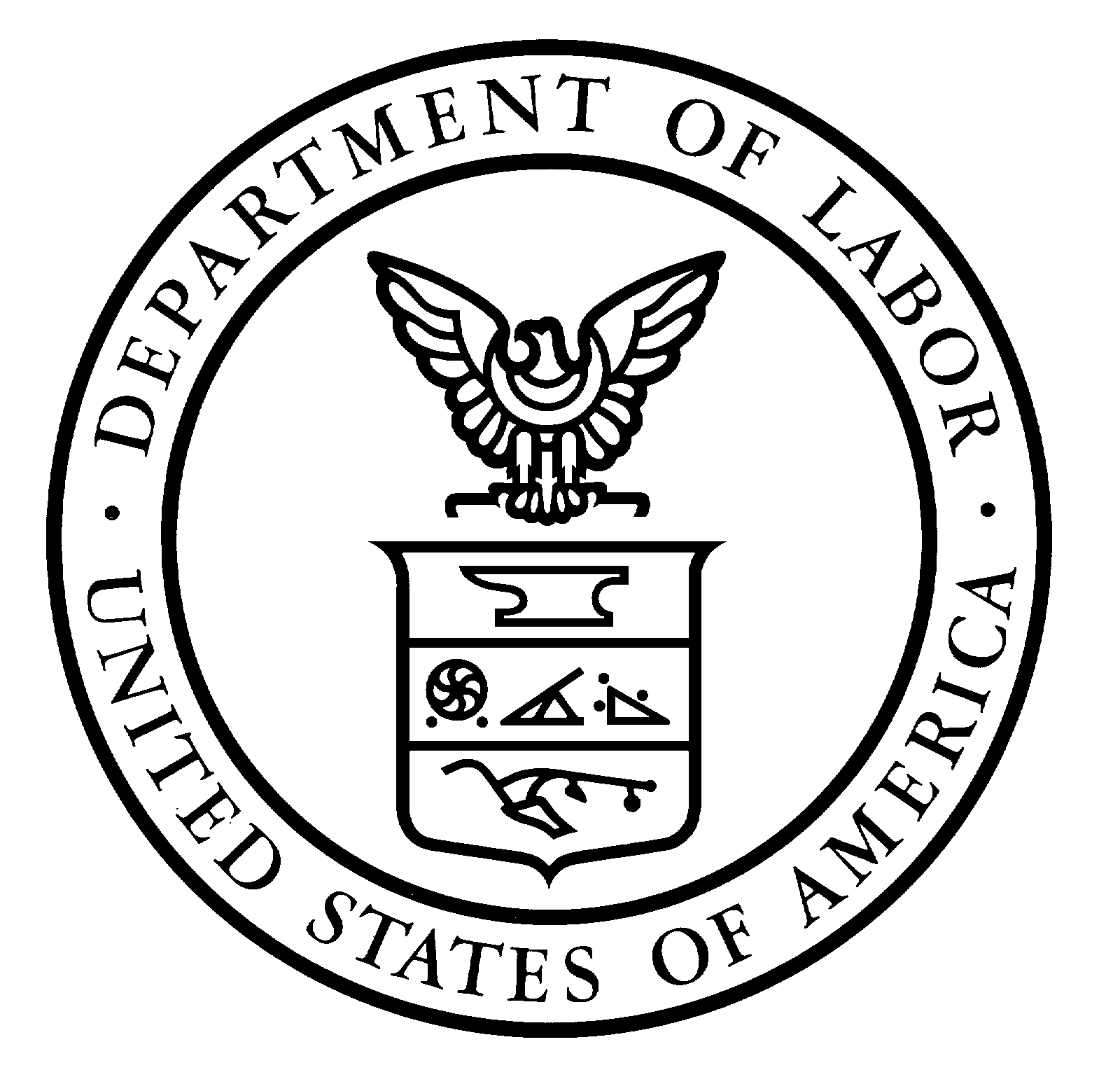4PPD-4G ORS Collection Form - Government
Occupational Requirements Survey
4PPD-4G
ORS - State and Local Government
OMB: 1220-0189
ORS Form 4 PPD-4G
U.S. Department of Labor Bureau of Labor Statistics
|
Occupational Requirements Survey |
|
State and local government |
The BLS publishes statistical tabulations from this survey that may reveal the information reported by individual State and local governments. Upon your request, however, the BLS will hold the information provided on this survey form in confidence. |
This report is authorized by law, 31 United States Code §§ 1535/FAR 17.5 of the Economy Act. Your voluntary cooperation is needed to make the results of this survey comprehensive, accurate and timely.
|
O.M.B. #1220-0189 Expires 8/31/2018
|
We estimate that it will take an average of 66 minutes to complete this form, including time for reviewing instructions, searching existing data sources, gathering and maintaining the data needed, and completing and reviewing this information. If you have any comments regarding this estimate or any other aspect of this survey including suggestions for reducing this burden, please send them to the Bureau of Labor Statistics, Office of Compensation and Working Conditions (XXXX-XXXX), 2 Massachusetts Avenue N.E., Washington, D.C. 20212. You are not required to respond to the collection of information unless it displays a currently valid OMB control number. |
||


PRINT ADDITIONAL COPIES OF PAGES 2-6, AS NEEDED.




Decision-making |
What is the highest level of independent judgment a worker is expected to use to perform the tasks of this occupation?
|
|
|
Work Review |
How frequently is work checked in the occupation?
|
|
|
|
Pace |
Are there faster and slower periods of work?
|
|
What is the fastest pace performed?
|
|
|
Control of Work Flow |
Can a worker intervene and control the flow of work?
|
|
Adaptability |
Work tasks are the regular duties of an occupation. How often do work tasks change in this occupation?
|
|
|
|
Work location is the physical site where work is performed. How often does the work location change in this occupation?
|
|
|
Work schedule is the work hours and days for the occupation set by the employer. Does the work schedule change in this occupation?
|
|
Personal Contacts |
|
|
|
Regular Contacts: People with whom there is an established working relationship. |
|
|
|
Other Contacts: People with whom there is no established working relationship. |
|
||
Select ONLY one (A, B, C, D) for each contact type: |
|
||
How often does this occupation require verbal interaction (work related) with: |
Regular Contacts |
Other Contacts |
|
(A) Constantly, every few minutes. |
|
|
|
(B) More than once per hour, but not constantly. |
|
||
(C) More than once per day, but not more than once per hour. |
|
||
(D) No more than once per day; includes never. |
|
||
|
|
|
|
Select ONLY one (A, B, C, D, E) for each contact type: |
|
|
|
What type of work-related interactions does this occupation have with: |
Regular Contacts |
Other Contacts |
|
(A) Exchanging straightforward, factual information. |
|
|
|
(B) Coordinating work with others; solving recurring problems with cooperative parties. |
|
||
(C) Some gentle persuading or soft-selling; discussing. |
|
||
(D) Influencing; hard-selling; asserting control in situations. |
|
||
(E) Resolving
controversial or long-rage issues; defending; |
|
||
Notes:
|


| File Type | application/vnd.openxmlformats-officedocument.wordprocessingml.document |
| File Title | OMB Pre-Production ORS Collection Form, Government |
| Author | keene_t |
| File Modified | 0000-00-00 |
| File Created | 2021-01-23 |
© 2025 OMB.report | Privacy Policy
